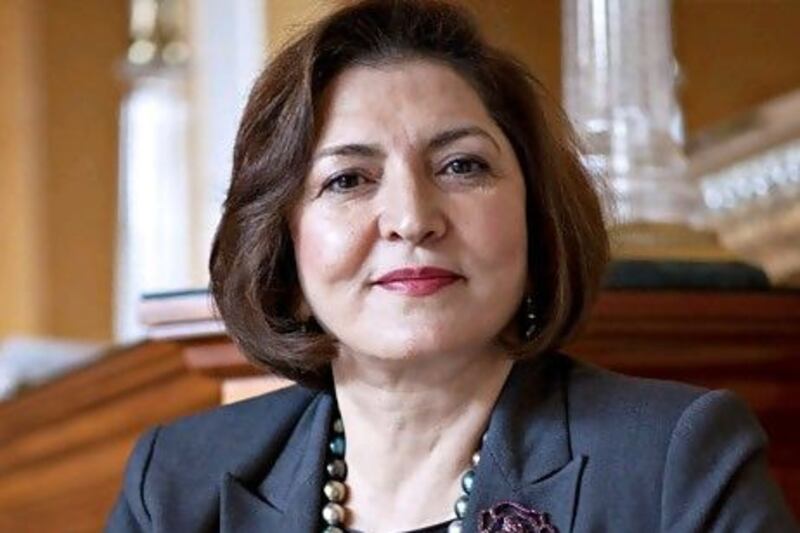Nadereh Chamlou is a senior adviser in the office of the chief economist for the Middle East and North Africa (Mena) region at the World Bank. Based in Washington DC, she was in Dubai on Monday to participate in a panel discussion at the Arab Women Leadership Forum. Here, she talks about women's participation in the workforce.
What was the main message you wanted to impart at the forum?
My main message is this: the next big push for growth is going to come from the employment and the better utilisation of women in the workforce. This is true of female potential in any economy, but is especially important in these [Mena] economies because labour market participation rates [of women] are fairly low.
What are the main barriers to women working in the Middle East?
The first big challenge is legal barriers because economic rights lead to economic opportunities. In the West - and very few people remember that the West wasn't really agenda-friendly even 30 years ago - there were rules and regulations that prevented women from working unless they had permission from their husbands; or from working in certain sectors; or from working at night; or from working under certain conditions. Those barriers were taken away bit by bit and history shows us that removing those barriers was very important in freeing up women's ability to participate in the labour market. Some of those very same barriers still exist in these economies we are dealing with in the Middle East.
The second challenge is that it will take some time for society to get used to the idea that women are as capable [as men] and can advance as high. Even in the West, there are women pioneers in every sector. I think we are seeing the very same here in the Middle East and that women are pushing forward in every sector and in every job. What is interesting is the difference in progress in these countries. Where we see, like here in the UAE, the leadership wanting women to move forward, there is very, very quick progress. In some countries, the leadership is ambivalent and we see very slow progress in women advancing. Egypt, for instance, is one of those countries where women's labour force participation is actually going backwards.
What impact has the Arab Spring had?
Economically, it's too early to tell because there are so many other factors - many of these countries have had very low growth rates. Politically, it has had a negative impact. The number of women ministers in these governments has gone down both in absolute as well as relative terms. Before the Arab Spring, in December 2010, the number of women made up about 5.5 per cent of ministers across the Arab world. In September 2012, that number had declined to 4.7 per cent. The number of women in parliament declined from 14.8 per cent to 13.2 per cent. Every 1 per cent is very important because it took a long time to get that additional per cent or additional half per cent. Hopefully, this downward trend will reverse and women will regain this loss and progress even further.





